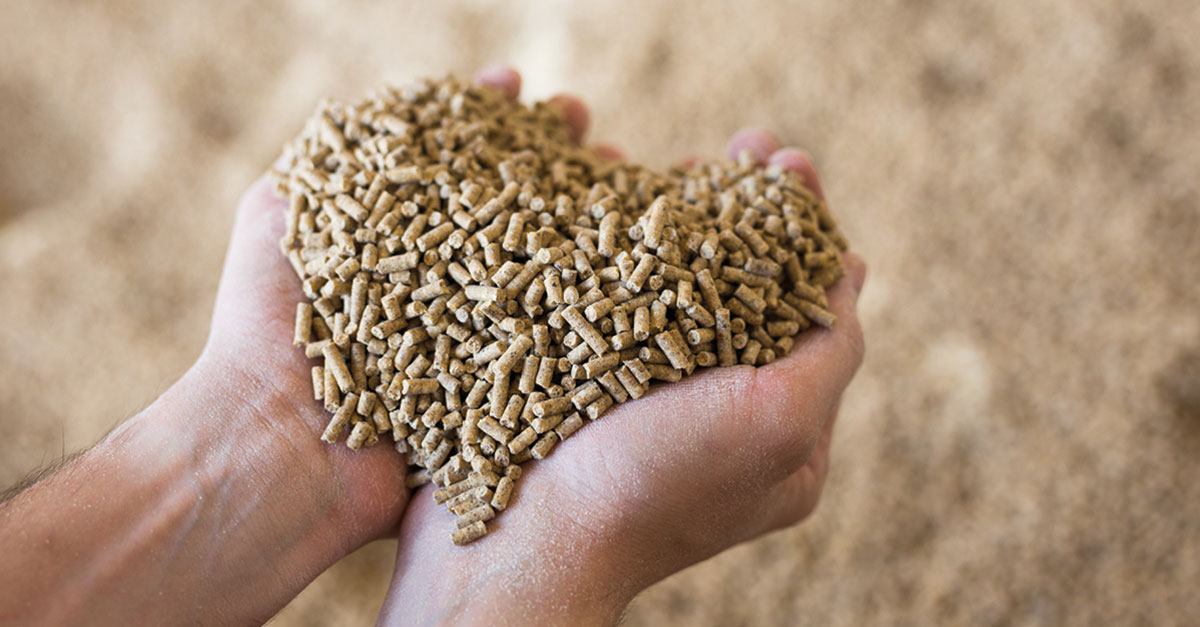Boost your Matrix
Evaluate your feed formulation
Evaluating your feed formulation is always a good option in order to identify opportunities for incorporating enzymes and emulsifiers to improve nutrient digestibility and energy availability.
NSP (non-starch polysaccharide) enzymes are designed to break down dietary fiber, which is made of complex carbohydrates present in plant-based feed ingredients, less digestible by animals, such as arabinoxylans, cellulose, and beta-glucans. NSP enzymes break down these compounds releasing additional nutrients and energy for the absorption by animals.
Phytases are enzymes that play a crucial role in nutrition of monogastrics by breaking down phytic acid, a form of phosphorus found in plant-based feed ingredients. Phytic acid not only binds phosphorus but can also form complexes with other nutrients and essential minerals such as calcium, zinc, iron, and copper. These complexes are poorly absorbed by animals, resulting in reduced mineral and nutrient availability. Phytases break down the phytic acid-mineral complexes, increasing the absorption of these minerals and nutrients, and improving their utilization by animals.
Emulsifiers improve the digestibility of fats and oils in animal feed helping to break down and disperse the fat globules, increasing the surface area available for enzymatic digestion and facilitating the absorption of nutrients. Some emulsifiers, such as lecithins, can improve the taste and aroma of animal feed.
There are innovative mixtures of emulsifiers like MiaEmax, which can enhance your nutritional matrix in the best way!
The benefits of a combined usage of enzymes and emulsifiers are many:
- Increased availability of nutrients such as proteins, amino acids, minerals and energy from feed ingredients.
- Reduced anti-nutritive effects: lignin, tannins and phytase by degrading or modifying these anti-nutritive factors, reducing their negative effects.
- Gut health promotion: By breaking down fiber and phytic acid, these enzymes can create a more favorable environment for beneficial gut microorganisms. This can enhance the gut microbiota balance, improve the nutrient absorption, and support overall gut health.
- Flexibility in feed formulation: The use of these enzymes and emulsifiers allows more flexibility in feed formulation, saving some important space in the ration as they increase availability of energy, minerals and amino acids.
- Environmental benefits: An efficient utilization of nutrients will reduce the animal waste. That will result in reduced environmental impact associated with animal production.
It is important to previously conduct a cost analysis, considering the efficacy of the different enzymes and emulsifiers, and the potential benefits to the animal health and performance.
Moreover, it is necessar optimize dosage levels, review the feed processing methods, consider enzyme and emulsifier combinations and evaluate its stability in the final feed to achieve maximum cost-effectiveness. Higher dosages do not necessarily yield better results, so it's essential to find the dosage that provides the most benefits without cost-disadvantage
Finally, it is important to colaborate with feed additive suppliers to explore further potential cost-saving opportunities, as they can provide technical support, suggest alternative products, dosages or combinations of products to maximize the cost-effectiveness of your feed.
If you are interested in how to combine different matrixes – contact us!
